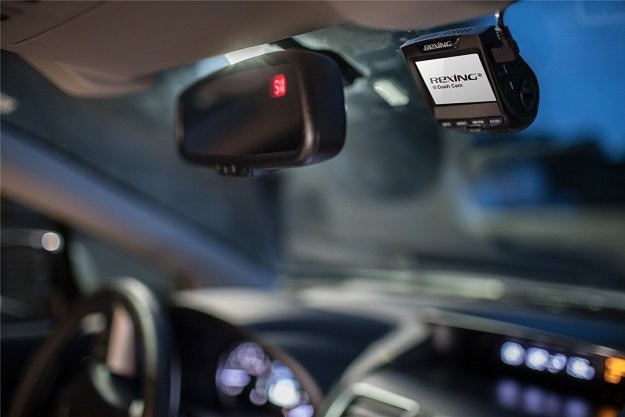BMW is recalling nearly every single car it has made since 2018 — plus two Rolls-Royce models and a lone Toyota — to fix a minor problem with the rearview camera. The issue isn’t linked to accidents or injuries.
The National Highway Traffic Safety Administration (NHTSA) explained motorists can turn down the screen’s brightness to the point where the rearview camera’s footage is no longer visible. This is like turning down the brightness on your smartphone; if you step outside in broad daylight, you might not see what’s showing on the screen, and you might think the device is off. Modern phones normally have built-in light sensors that make the screen brighter, but cars lack this feature so the rearview camera becomes unusable unless motorists find a way to turn the brightness back up.
BMW says 257,481 cars made during the 2018, 2019, and 2020 model years will need to take a trip to the dealership and receive updated rearview camera software that prevents the screen from going dark. The update will be free, of course, and it shouldn’t take long to upload. BMW will notify owners of affected cars. Rolls-Royce and Toyota will do the same.
The scope of the recall is impressive. It includes the usual suspects, like the 3 Series, the 5 Series, the X5, and the X6. New additions to the company’s range, such as the 8 Series and the X7, are included in the campaign, too. BMW owns Rolls-Royce, so the Phantom and the Cullinan need to receive new software as well. The 2020 Toyota Supra is on the list because it shares many parts with the BMW Z4.
There are no Mini models on the list of cars included in the recall, which is surprising. The British firm is part of the BMW empire, and the two automakers often share components. The electric i3 and the plug-in hybrid i8 are spared, too.
BMW isn’t the first automaker to run into this problem. Nissan recalled 1.2 million cars made during the 2018 and 2019 model years to fix a similar issue in September 2019. Numerous models were included in the campaign, ranging from the GT-R supercar to the NV200 van. Three Infiniti vehicles were also affected.




